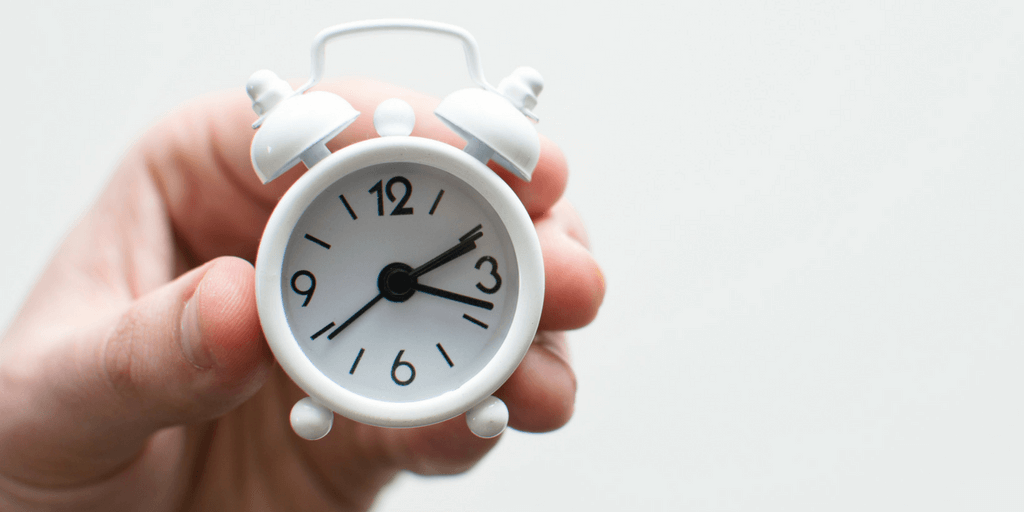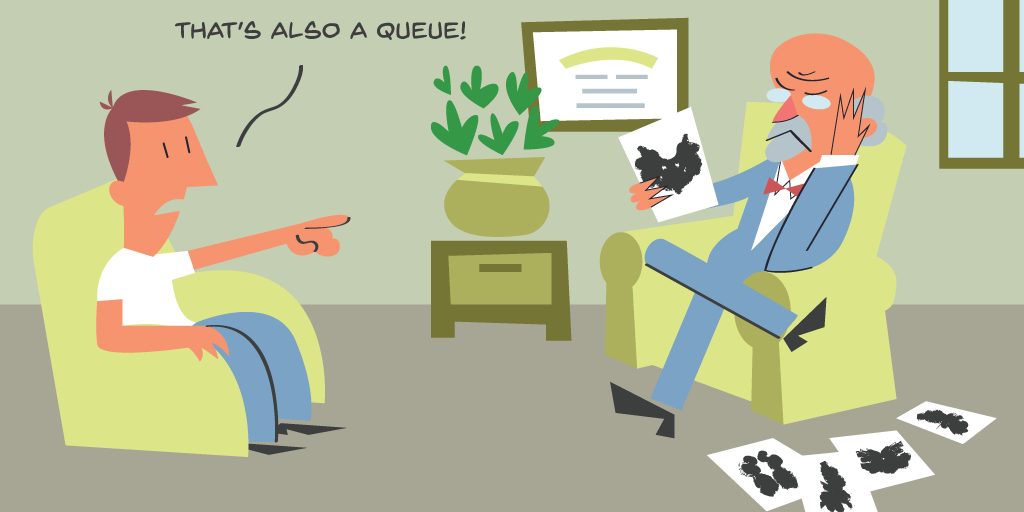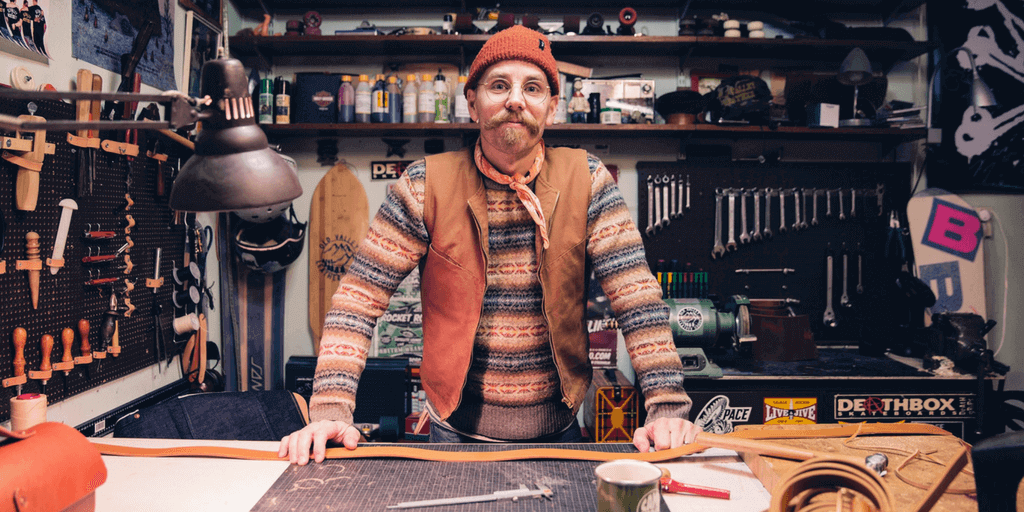We’ve come a long way since our ancestors have climbed down from the trees, but that’s not to say some things still aren't the same.
Take queues, for example. Ever notice how they're all about survival of the fittest?
Throughout history, people have developed some weird queuing mechanisms. Some learned to camouflage themselves and sneak their way to the front of the queue. Others have evolved extra-pointy elbows to better push through thick crowds.
So grab your binoculars and set your inner reading voice to David Attenborough — we're off to observe 7 different kinds of queuing people in their natural habitat.
1. Sneaky Snake

Sneaky snakes can always see the next available spot in a queue. And if there are none, they make one. Diverting your attention, pretending to be friendly, wearing makeshift disguises — these guys know every trick in a book. After all, lines only exist for people to cut in.
Features: shifty eyes, always scanning for possible exploits.
Cutting in line is a terrible thing that most people object to — at least in theory. When it comes to practice, only 10% of queuers prevent line-cutting.
In 50% cases, people visibly reacted to line-cutters — with an eye-roll, a mean look, etc. — but not enough to discourage them from cutting in. Upping the number of line-cutters increases the likelihood of people objecting to 91%.
The negative reaction is independent of whether cutting in occurs in front or behind you. Your queue position does not impact your reaction either, as you are as likely to object to queue jumping when you’re at the back of a queue as when you’re at the front.
2. Mother Hen

Some people don’t mind holding someone else’s spot in a queue — especially if this someone is their friend or relative. Mother Hens might make you wait longer, but hey, at least their friends are getting there faster. All in all, it’s a net even.
Features: a warm, open face that masks their true intentions.
You don’t need a degree in psychology to know how this works. Familiar people trump strangers, plain and simple. If you’re going to make someone feel worse, it’s going to be people you don’t know.
Holding a spot for someone is a widespread practice with terrible consequences. When someone cuts in front of you, you start thinking of this queue as unfair — and unfair lines are perceived as longer than they really are.
So effectively, you’re robbing other people of their time twice.
At the same time, the temptation to cut your wait time short, even at the expense of other people, is too enticing. Perhaps that’s why we have professional line standers and line sitters on our hands. Boy, some mother hens like to get paid.
And speaking of paid...
3. Coin Kangaroo

We’re on the brink of becoming a cashless society, but apparently, some people didn’t get the memo. There’s always one of these coin kangaroos in a queue, carrying loads of coins with them. And when you think there’s no way they could carry even more cash, they take out another bag of pennies.
Features: huge, cartoonish wallets bursting with cash and/or coupons.
The number of people using cash is dwindling — from 36% in 2011 to 24% in 2016. But that doesn’t stop certain people from paying for their products in cash only.
Not just cash — coins. Antiquated pieces of metal that you could swear were discontinued somewhere in the last century.
True, there are some advantages to paying with cash. At the very least, you are less likely to overspend when you’re using cash instead of a credit card. But all the advantages go out of the window once you see someone take their sweet time at the checkout.
Thankfully, people seem to use cash for small-value transactions. The average value of a cash transaction is $21. Still, this doesn’t stop it from feeling like an eternity.
4. Battering Ram

The concept of personal space is alien to some people. They get in your face, step on your shoes, push you in the back. Do they think queues are going faster the smaller the distance between the people?
Features: battering rams have the elegance and grace of, you guessed it, rams.
According to psychology professor Adrian Furnham, queuing is governed by the rule of six. Six is the maximum number of people in the ideal queue. Six is the maximum time an average person is spending in a queue before leaving it.
Last but not least, six inches is the minimum amount of personal space that queuing people need to avoid becoming stressed.
Not everyone is on the same page here. Some people want to get their destination faster, by literally elbowing their way through. The cost is high: once in a crowded space, people start experiencing negative effects, mainly anxiety and depression.
All because someone can step half a foot back.
5. Grumpy Cat

Look, no one likes standing in queues. But do we really need people announcing this every other second? Grumpy cats make it their mission to let as many people as possible know their distaste for waiting. If only complaining helped move queues faster...
Features: usually seen standing together with a spouse, crossed arms and all.
Americans spend roughly 37 billion hours a year waiting in line. That’s a big number, but it’s still nowhere near the amount of time we think we spend in queues. Once you’ve waited for longer than three minutes, the perceived wait time multiplies with each minute. Waiting for five minutes, for example, makes you feel as though you’ve been waiting twice as long.
However, wait estimations drop by 22% when queuers have a clear estimation of how long they’ve waited. Providing these estimations is a quick, surefire fix to grumpy cats.
6. Sloth

Scientists have determined that slow queues consist of 20% frustration and 80% sloths. The worst thing about them is that they seem to haunt you exclusively. They always join up your queue, they’re always standing right before you, and they’re always taking their sweet time when you need to get going.
Features: there’s a great distance between a sloth and a person standing in front of them.
It’s true that some people take it slow when standing in line. As luck has it, the other line always seems to move faster.
But for the most part, it’s all in our heads.
The reason why we always think we get the slowest line is due to the way our idle minds perceive our surroundings. We tend to notice the smallest details and link them to our present situation.
No matter how slow the other line moves, our minds make it feel much faster. And when you find yourself in a fast line, you're too busy to notice it. It's basically the negativity bias in action.
So next time you think you’ve encountered a sloth, maybe it’s not them. Maybe it's just you.
(Or maybe it is them, who knows.)
7. Unicorn

Miracles do happen. Sometimes the stars align, and you find yourself getting exceptional service after a long, excruciating wait in line. A great clerk at the end of a queue is like a pot of gold at the end of the rainbow. This thing’s so rare, it’s like encountering a, well, unicorn.
Features: a smile that warms your heart.
Queues may take up a lot of our time, but they’re not always a negative experience. Psychologist Daniel Kahneman proposed that queuing has a dual effect on us. We become gradually demoralized as we wait, but also react positively to each forward movement.
The last moments we spend in a line influences our overall perception. If it speeds up near the end, we’re going to remember it as a positive experience overall.
Same goes for the service we receive in the end. If it proves to be exceptional — or, to put it simply, “worth it” — we’re that less likely to complain about the time we spent waiting for it.
People interacting with visitors is what makes or breaks business's reputation. So all you customer service folks, recognize the power you wield and use it for the greater good.
(Also, next time I’m getting coffee, please don’t misspell my name.)
No matter where you go, the queues are always full of colorful characters. Who knows, maybe you are one yourself.
Have you recognized any of your queuing habits here? Tell us more about the kinds of people you see in a queue!
Do you want unicorn employees?
They say unicorns aren't real, but with Qminder, you can bring fairy tales to life.






